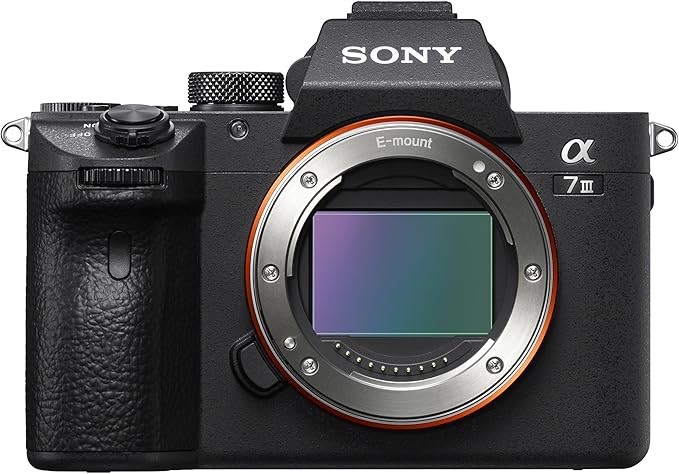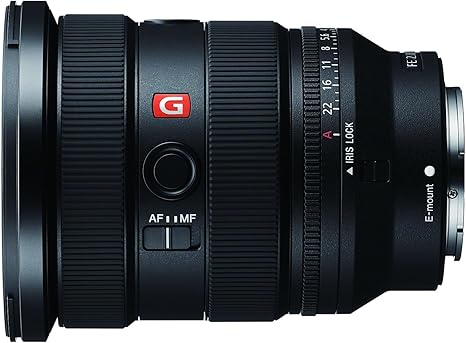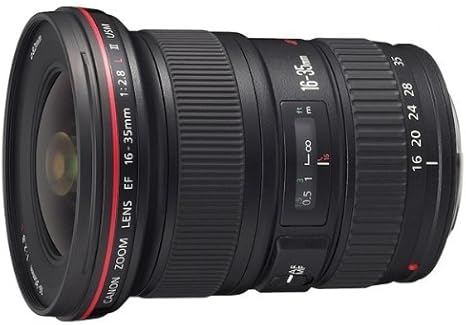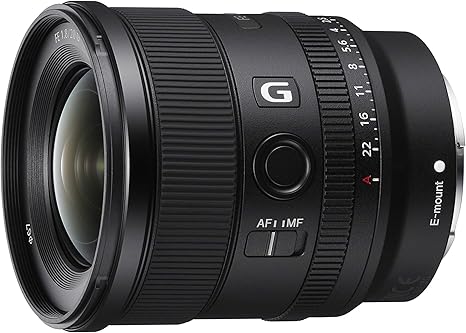What is the best lens to use for northern lights photography
The best lens for Northern Lights photography is typically a wide-angle lens with a large aperture. Here are some features to consider when choosing a lens for capturing the mesmerizing auroras:
Wide Aperture (Low f-number):
A lens with a wide aperture allows more light to reach the camera sensor, making it easier to capture the faint and dynamic light of the Northern Lights. Prime lenses with apertures of f/2.8 or lower are commonly recommended for this purpose.
Wide-Angle Focal Length:
A wide-angle lens allows you to capture a broader view of the night sky, making it ideal for including expansive auroral displays and interesting foreground elements. Focal lengths in the range of 14mm to 35mm are popular choices for Northern Lights photography.
Fast Autofocus and Manual Focus Capability:
While fast autofocus is helpful, the ability to switch to manual focus is crucial for achieving sharp focus on the stars and the auroras. Some autofocus systems may struggle in low-light conditions.
Low Lens Distortion and Aberrations:
Look for a lens with low distortion and minimal chromatic aberrations to ensure the clarity and quality of your Northern Lights images, especially towards the edges of the frame.
Good Build Quality:
Consider a lens with robust build quality, especially if you plan to shoot in challenging weather conditions common in polar regions. Weather-sealed lenses are advantageous to protect your equipment.
Popular lens choices for Northern Lights photography include:
Nikon 14-24mm f/2.8G ED or Nikon 20mm f/1.8G:
The Nikon 14-24mm f/2.8G ED is a wide-angle zoom lens known for its excellent optical quality and low distortion. The
Nikon 20mm f/1.8G is a prime lens with a wide aperture, making it suitable for capturing the Northern Lights.
Canon EF 16-35mm f/2.8L III USM or Canon EF 24mm f/1.4L II USM:
The Canon EF 16-35mm f/2.8L III USM is a versatile wide-angle zoom lens, while the Canon EF 24mm f/1.4L II USM is a prime lens with a large aperture, both suitable for Northern Lights photography.
Sony FE 16-35mm f/2.8 GM or Sony FE 20mm f/1.8 G:
For Sony mirrorless cameras, the Sony FE 16-35mm f/2.8 GM offers versatility, and the Sony FE 20mm f/1.8 G is a prime lens with a wide aperture, suitable for capturing the Northern Lights.
Zeiss Batis 18mm f/2.8
The Zeiss Batis 18mm f/2.8 is a versatile full frame lens for the mirrorless full-frame system of Sony. It fulfills the highest requirements. Thanks to features that are designed to keep out dust and spray water, the lens is perfectly suited for critical outdoor conditions. You can accurately read the focus distance and depth of field simply and intuitively on the OLED display on the lens. Especially in poor light conditions – excellent readability is always guaranteed. Despite its compact design, the image meets the expectations of professional photographers.
Rokinon 14mm F2.8
The Rokinon 14mm F2.8 is compatible with full frame and APS-C cameras with an angle of view of 113.9 degrees on full frame cameras and 89.8 degrees on APS-C cameras. The integrated autofocus motor works in conjunction with Sony cameras’ focusing systems for quick, accurate, and precise AF control. Manual focus override is also available for refining your focus position.
Sigma 16mm f/1.4 DC DN
The Sigma 16mm f/1.4 DC DN is compatible with Sony E mount cameras and has a large f/1.4 aperture for superb low light performance. Its compact size makes it very portable and perfect for nature & event photography.
Thing to remember
Remember that the best lens for you depends on your specific camera system, budget, and preferences. Additionally, personal shooting style and the desired composition play a significant role in choosing the right lens for Northern Lights photography. Experimenting with different lenses and focal lengths can help you discover the lens that suits your creative vision and allows you to capture the beauty of the auroras in all their celestial glory.











